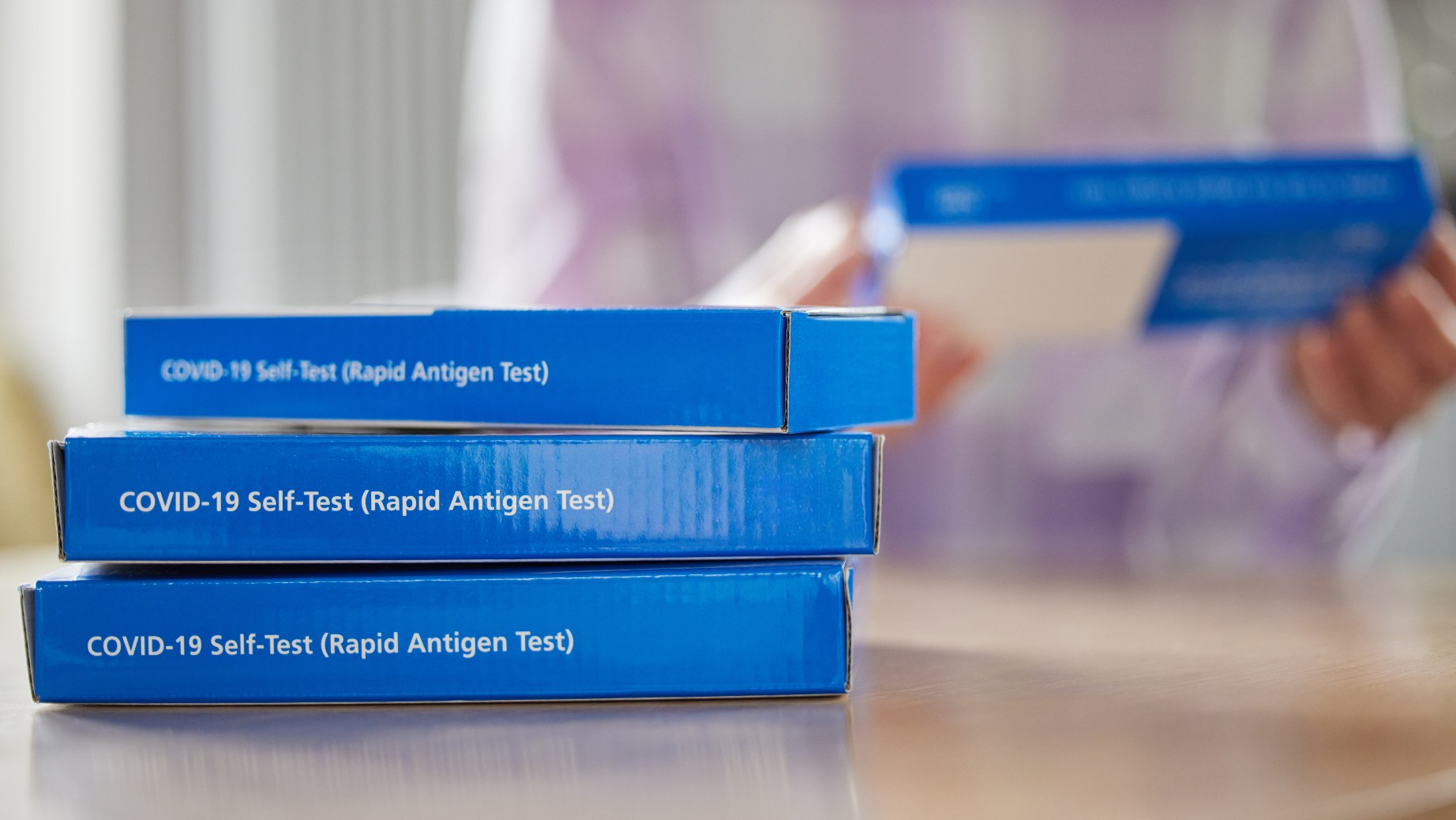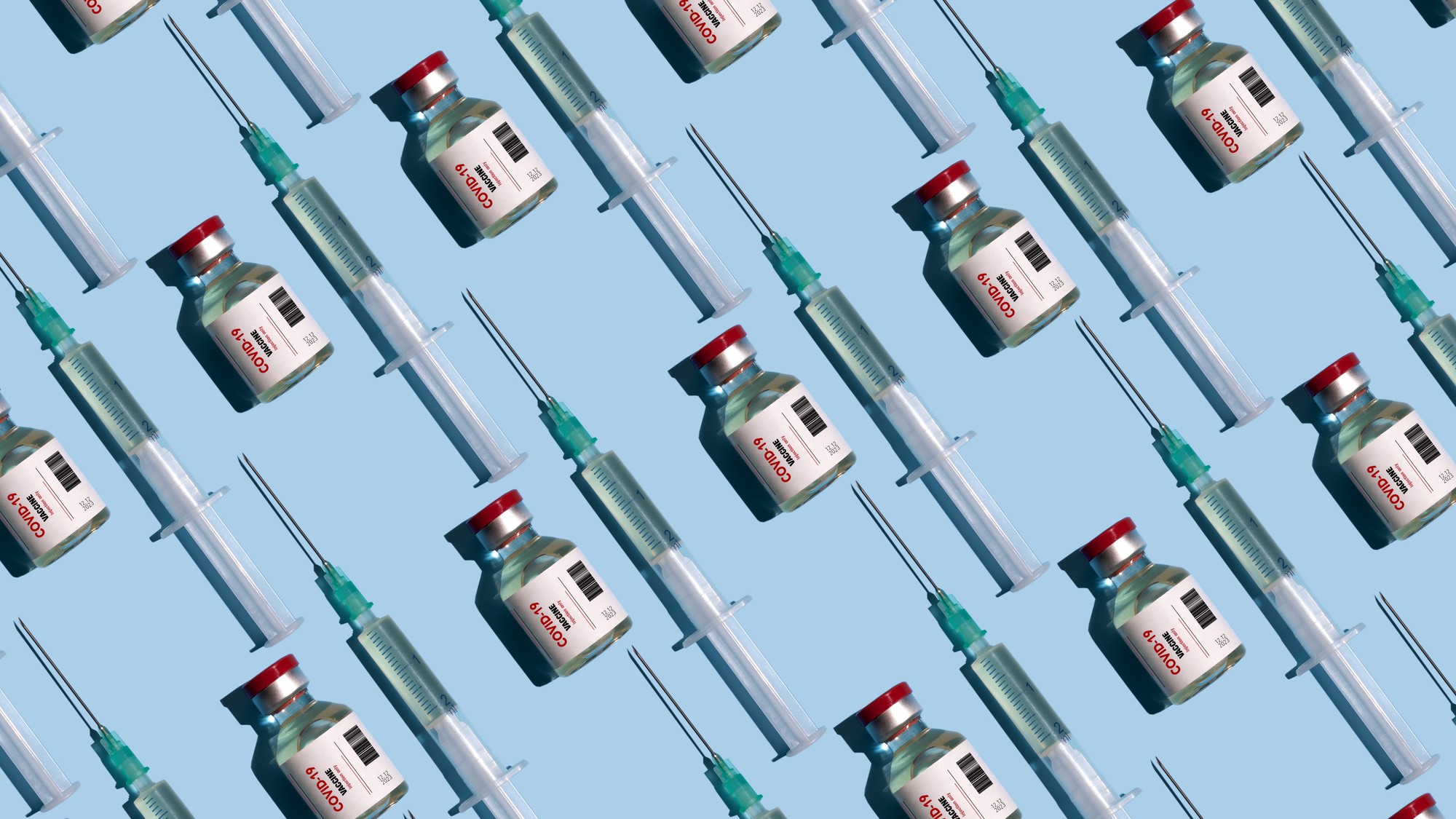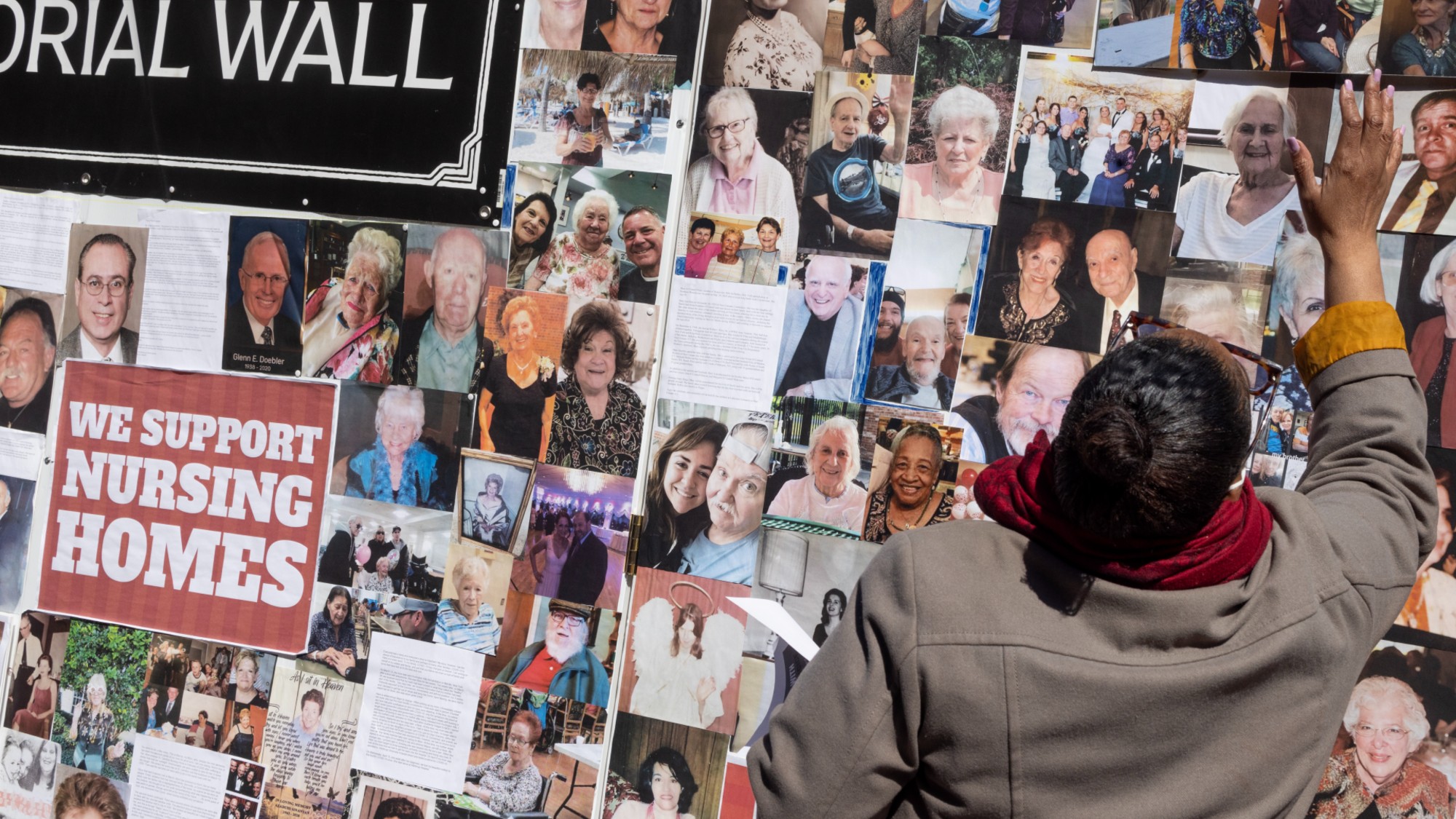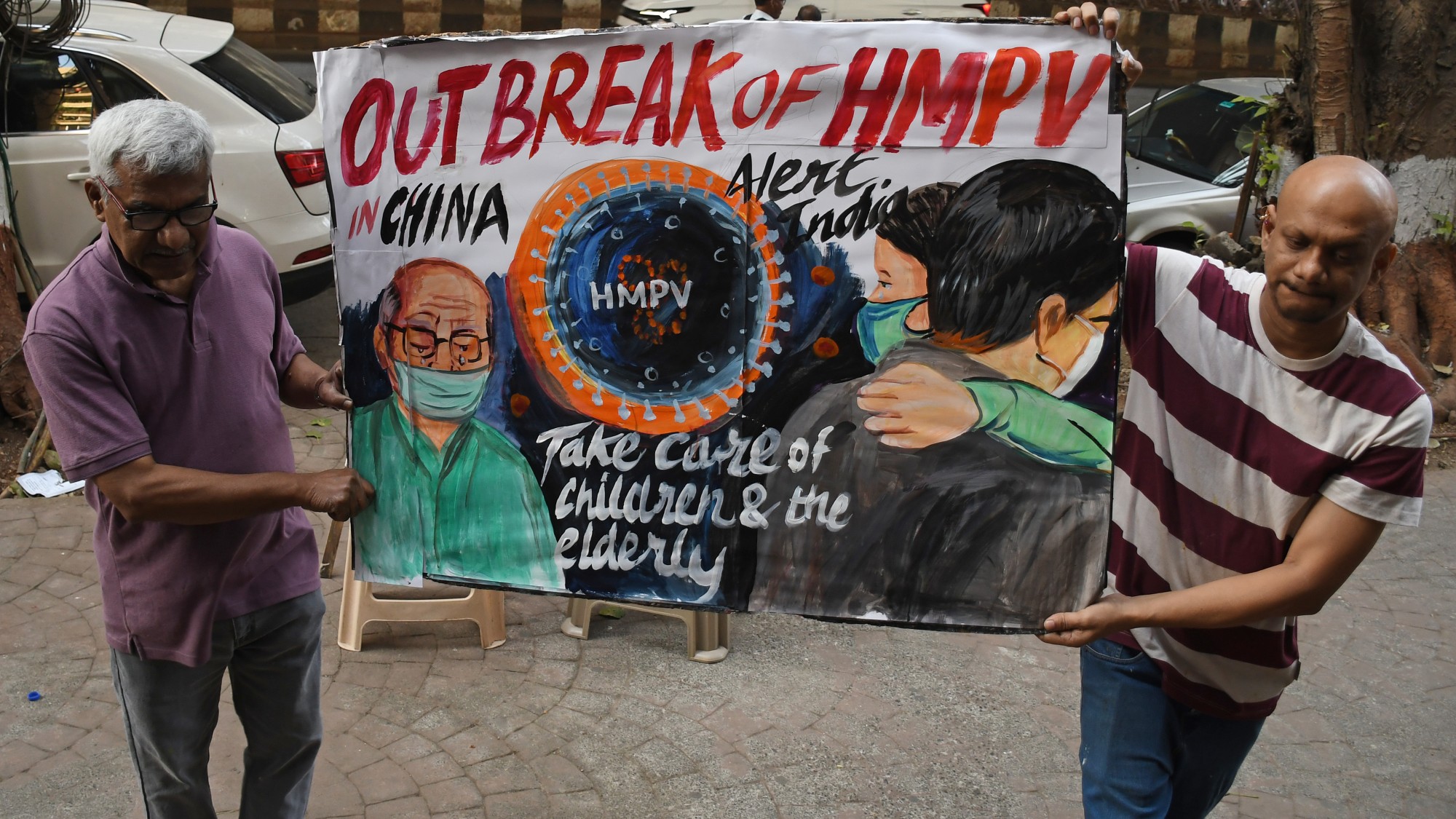How much will lateral flow tests cost?
Free testing has ended for most people despite rising Covid-19 cases in the UK

Free Covid tests will now be available only to vulnerable groups and some NHS staff, as the government ends free testing for the majority of the population.
From 1 April, most people in England will have to pay for a lateral flow test. But under new rules published by the government, free testing will continue for those at risk of “serious illness” from Covid-19, as well as some NHS and adult social care staff, and those in other high-risk settings.
The move, part of the government’s “living with Covid” plan, comes as infection levels reach a new peak across the UK. Cases rose for the third week in a row in the week of 19 March, the most recent period covered by the Office for National Statistics infection survey. About one in 16 people in private households in England, roughly 3.5 million people, are likely to have had Covid-19 that week.
The Week
Escape your echo chamber. Get the facts behind the news, plus analysis from multiple perspectives.

Sign up for The Week's Free Newsletters
From our morning news briefing to a weekly Good News Newsletter, get the best of The Week delivered directly to your inbox.
From our morning news briefing to a weekly Good News Newsletter, get the best of The Week delivered directly to your inbox.
The government has positioned the move as part of necessary cost-cutting as the country transitions to treating Covid-19 “like other respiratory infections”, arguing that free testing has come at a “significant cost to the taxpayer”. Covid-fighting measures cost £15.7bn in 2021-22.
It said that the success of the vaccination programme and increased scientific and public understanding of how to manage the risks posed by the virus means the public “now has much stronger protection against Covid-19 than at any other point in the pandemic”.
Who will be given free tests?
Under the new rules, free testing will be provided for people with symptoms who fall under these groups:
- Patients in hospital, where a PCR test is required for proper care and to provide access to treatments
- People who are eligible for community Covid drug treatments because they are at higher risk of getting seriously ill if they become infected with the virus. Those in this group will be contacted directly and sent lateral flow tests to keep at home for use if they have symptoms, as well as being told how to re-order tests
- Care home residents
- People working in some high-risk settings, including care homes, hospices, prisons and places of detention such as immigration removal centres.
Asymptomatic lateral flow testing will also continue for some in “high-risk settings” if Covid prevalence is high. This will include staff treating patients in NHS hospitals and independent health care providers supported by the NHS, as well as staff working in hospice, care home and adult social care services.
A free daily email with the biggest news stories of the day – and the best features from TheWeek.com
A “small number” of care home visitors who provide personal care will also be provided with free asymptomatic testing, as will prison and detention centre staff.
How much will they cost for everyone else?
The government initially suggested that people buying a lateral flow test (LFT) would have to pay between £2 and £5 per individual LFT or about £20 for a pack of seven.
But it is thought that retailers will “have the discretion to charge whatever they want”, said The Telegraph. Boots has said it will offer lateral flow tests for £2.50 each or £12 for a pack of five. An alternative option is to pay £17 for a pack of four and send results to the UK Health Security Agency (UKHSA).
While “prices are not guaranteed” it is hoped that retailers will “remain competitive” in their pricing, said the paper. Superdrug has said that it will charge £1.99 for one test or £9.79 for a pack of five bought in-store, while Lloyds Pharmacy is selling packs of five Covid tests for £9.49 online and has announced plans to sell individual tests for £1.89.
Charities have warned that visitors to care homes will be forced to fork out hundreds of pounds a year to visit friends and families, “which they may not be able to afford amid a cost of living crisis”, said The Times.
Kames White, from the Alzheimer’s Society, told the paper: “Dropping all Covid rules as cases soar will leave families with loved ones in care homes facing the agonising choice between paying up to £73 a month for tests or rationing vital visits because they simply cannot afford it.”
Why are tests not free any more?
The number of free NHS tests distributed each day in England has already been capped, with people without symptoms only able to order one pack of seven LFTs every three days, said the BBC. Previously people could order one pack per day.
The government website from which LFTs can be ordered has been updated to say that “most tests are now needed for people at higher risk”.
The end to free testing is part of the government’s “living with Covid” plan, and is among a raft of other measures that are also coming to an end as the government encourages the country to “treat Covid as other infectious diseases such as flu”.
Will testing plummet?
While tackling the Covid-19 pandemic has “undoubtedly been expensive”, the end of free community testing will mean that most “individuals will be in the dark as to whether they have the virus” unless they are able to pay for a test, with the situation “likely to be worse in more deprived communities”, said The Guardian.
Rachel Power, chief executive of the Patients Association, told the BMJ that charging patients for lateral flow tests “creates a barrier” that may exacerbate health inequalities for those who may not be able to afford them. “Charging for tests will contribute to Covid-19’s continuing spread,” she told the medical journal.
The British Medical Association council chair Chaand Nagpaul also criticised the plan to provide free tests to the clinically vulnerable once they develop symptoms, while not providing any free tests to their friends and family. He said it was “completely illogical, as the priority should be protecting them from infection in the first place”.
-
 Covid-19 mRNA vaccines could help fight cancer
Covid-19 mRNA vaccines could help fight cancerUnder the radar They boost the immune system
-
 The new Stratus Covid strain – and why it’s on the rise
The new Stratus Covid strain – and why it’s on the riseThe Explainer ‘No evidence’ new variant is more dangerous or that vaccines won’t work against it, say UK health experts
-
 RFK Jr. vaccine panel advises restricting MMRV shot
RFK Jr. vaccine panel advises restricting MMRV shotSpeed Read The committee voted to restrict access to a childhood vaccine against chickenpox
-
 RFK Jr. scraps Covid shots for pregnant women, kids
RFK Jr. scraps Covid shots for pregnant women, kidsSpeed Read The Health Secretary announced a policy change without informing CDC officials
-
 New FDA chiefs limit Covid-19 shots to elderly, sick
New FDA chiefs limit Covid-19 shots to elderly, sickspeed read The FDA set stricter approval standards for booster shots
-
 RFK Jr.: A new plan for sabotaging vaccines
RFK Jr.: A new plan for sabotaging vaccinesFeature The Health Secretary announced changes to vaccine testing and asks Americans to 'do your own research'
-
 Five years on: How Covid changed everything
Five years on: How Covid changed everythingFeature We seem to have collectively forgotten Covid’s horrors, but they have completely reshaped politics
-
 HMPV is spreading in China but there's no need to worry
HMPV is spreading in China but there's no need to worryThe Explainer Respiratory illness is common in winter

